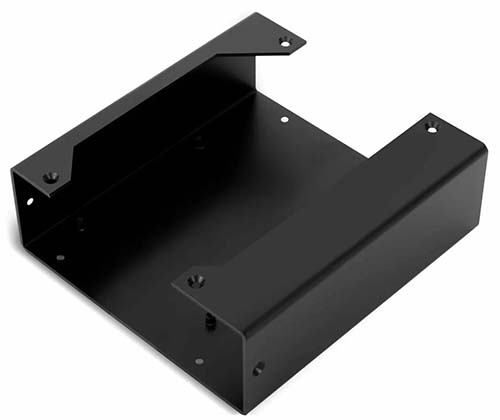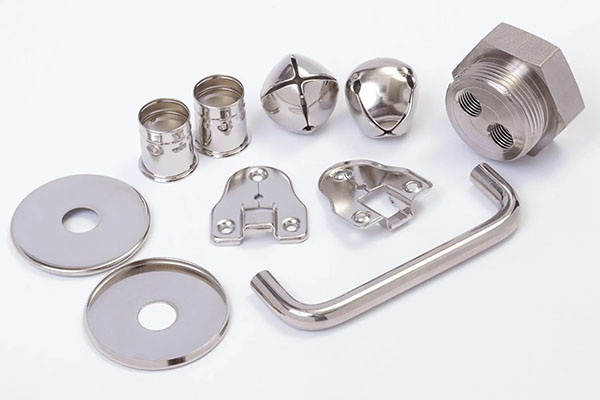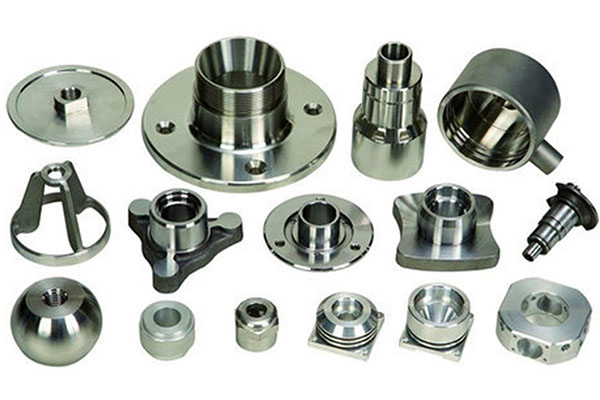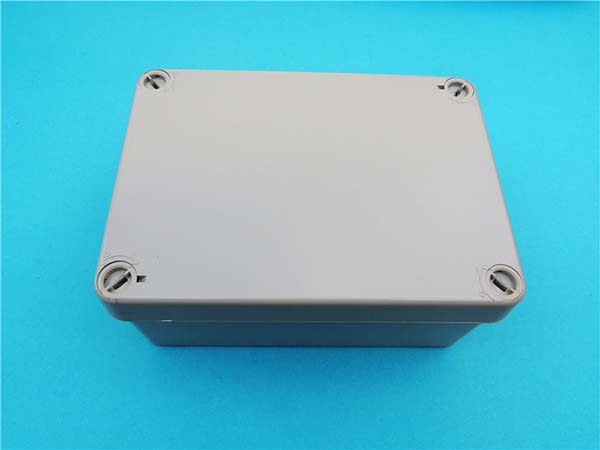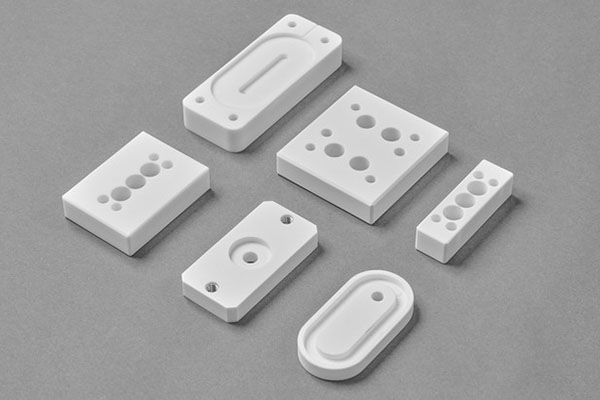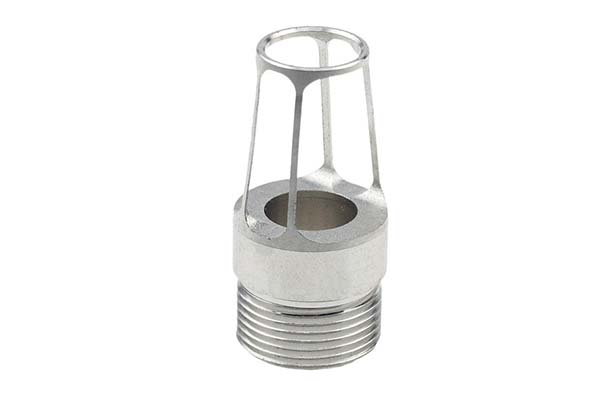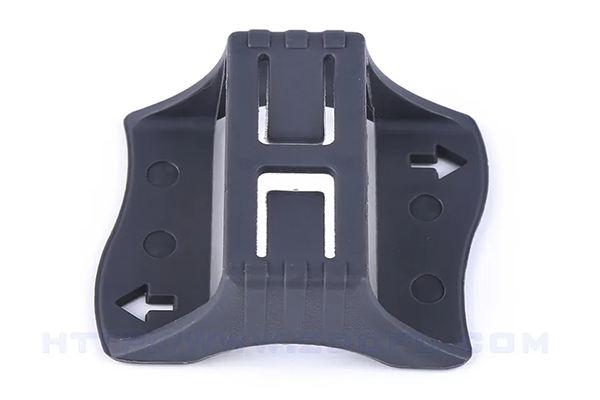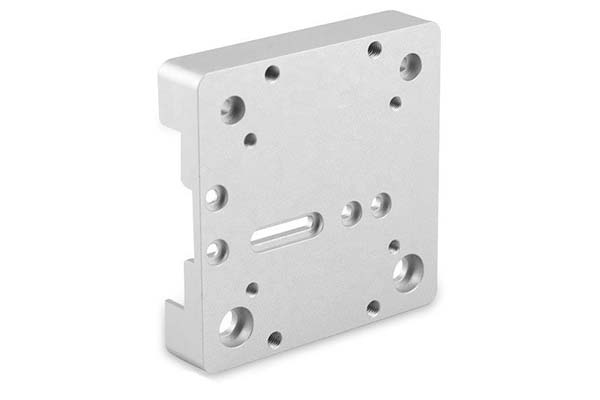Introduction
What is Prototype Investment Casting and Why is it Crucial in Manufacturing?
Understanding Prototype Investment Casting
Prototype investment casting, also known as lost - wax casting, is a highly precise and intricate metal casting process. It involves creating a wax or plastic pattern of the desired part, coating it with a refractory material to form a mold, melting out the pattern, and then filling the mold with molten metal. Once the metal cools and solidifies, the mold is removed, leaving behind a nearly finished metal part.
This process has been around for centuries, with historical evidence of its use in ancient civilizations like the Egyptians and the Chinese. They used it to create intricate jewelry, religious artifacts, and small metal figurines. In modern manufacturing, prototype investment casting has become a cornerstone technology for several reasons.
First and foremost, it offers an exceptional level of dimensional accuracy. For example, in the aerospace industry, where parts need to fit together with extreme precision, investment casting can achieve tolerances as tight as ±0.1 - 0.2 mm for small to medium - sized components. This high level of accuracy reduces the need for extensive post - casting machining, saving both time and cost.
Secondly, it can produce parts with extremely complex geometries. Turbine blades in jet engines are a prime example. These blades have intricate internal cooling channels and complex airfoil shapes. Investment casting allows manufacturers to create these blades in one piece, which would be nearly impossible or extremely costly to produce using other methods such as machining or traditional sand casting.
Moreover, prototype investment casting is versatile in terms of the materials it can handle. It can work with a wide range of metals, including stainless steel, aluminum, titanium, and various superalloys. Each of these materials has unique properties, such as high strength - to - weight ratio (in the case of titanium) or excellent corrosion resistance (stainless steel), making investment - cast parts suitable for a diverse range of applications, from medical devices to automotive components.
The Process of Prototype Investment Casting
Step - by - Step Breakdown
- Wax Pattern Making: The first step is to create a wax pattern of the desired part. High - precision molds are used, into which molten wax is injected. The wax cools and solidifies, taking on the exact shape of the mold cavity. For example, in the production of small, intricate jewelry pieces, the wax patterns can be made with fine details such as filigree designs. The wax material is carefully selected for its low melting point and good flow characteristics, ensuring that it can accurately replicate the mold's features.
- Tree Assembly: Multiple wax patterns are then attached to a central wax sprue, forming a “tree - like” structure. This sprue system serves as a channel for the molten metal to flow into each individual pattern during the casting process. The layout of the patterns on the tree is carefully planned to ensure even filling and proper solidification. For instance, in the casting of small engine components, the wax patterns are arranged in a way that maximizes the use of the available space on the tree and minimizes the amount of excess metal in the sprue system.
- Shell Making: The wax tree is dipped into a slurry of refractory materials, such as zircon or silica. This coating is then sprinkled with a layer of coarse refractory sand. After drying, the process is repeated several times, typically 5 - 7 times, to build up a thick and strong ceramic shell. The thickness of the shell is crucial; for large and complex parts, a thicker shell may be required to withstand the pressure of the molten metal. The shell provides the final shape of the casting and must be able to withstand high temperatures without deforming.
- Dewaxing: Once the shell is fully formed and dried, it is placed in a steam autoclave or a furnace. The heat melts the wax patterns, which drain out of the shell through small holes at the bottom. This leaves behind a hollow cavity in the shape of the original wax patterns and the sprue system. The dewaxing process must be carefully controlled to ensure that all the wax is removed without damaging the shell.
- Shell Roasting: The dewaxed shell is then fired at high temperatures, usually around 900 - 1200°C, in a furnace. This roasting process further strengthens the shell and burns off any remaining wax residues. It also improves the dimensional stability of the shell, ensuring accurate casting results. The length of the roasting time can vary depending on the size and complexity of the shell, but typically ranges from 1 - 3 hours.
- Melting and Pouring: The metal to be cast, such as stainless steel, aluminum, or titanium, is melted in a furnace to its liquid state. The molten metal is then poured into the pre - heated ceramic shell. The pouring process must be done quickly and smoothly to ensure that the metal fills all the cavities of the shell completely. For high - quality castings, the temperature of the molten metal is precisely controlled. For example, when casting titanium, the melting temperature is around 1668°C, and the pouring temperature is carefully adjusted to ensure proper flow and solidification.
- Cleaning and Finishing: After the metal has cooled and solidified, the ceramic shell is removed, usually by mechanical means such as sandblasting or vibratory cleaning. The casting is then cut from the sprue system, and any remaining rough edges or excess metal are removed through processes like grinding, polishing, or machining. This final step ensures that the casting meets the required dimensional and surface finish specifications.
[You can also insert a high - quality image of the investment casting process at this point if available, such as a photo showing each step in sequence or a detailed illustration of the wax pattern, shell, and final casting.]
Comparison with Other Casting Methods
Table Comparison
| Aspect | Prototype Investment Casting | Sand Casting | Pressure Casting |
| Precision | High, tolerances as tight as ±0.1 - 0.2 mm for small to medium - sized components | Moderate, typically ±0.5 - 2 mm | Very high, tolerances can be ±0.05 - 0.15 mm |
| Surface Quality | Excellent, smooth surface finish with a roughness of Ra 0.8 - 3.2 µm | Fair, surface roughness of Ra 6.3 - 25 µm | High, surface roughness of Ra 0.4 - 1.6 µm |
| Cost | High due to complex process and materials, especially for large - scale production | Low - cost, especially for large and simple parts | High initial investment in equipment, but cost - effective for high - volume production |
| Applicable Materials | Wide range including stainless steel, aluminum, titanium, superalloys | Most metals, but more commonly used for iron - based alloys | Limited mainly to non - ferrous metals like aluminum, zinc, and magnesium alloys |
| Size Limitations | Suitable for small to medium - sized parts, typically up to 1 - 2 meters in size | Can produce very large parts, with few size limitations in theory | Generally for small to medium - sized parts, usually less than 0.5 - 1 meter in size |
Prototype investment casting stands out in terms of precision and surface quality, making it ideal for parts where these factors are crucial. Sand casting, on the other hand, is more cost - effective for large, simple parts and has a wide range of material compatibility. Pressure casting is great for high - volume production of small to medium - sized non - ferrous parts, offering high precision and good surface quality at a reasonable cost per unit when produced in large numbers.
Applications of Prototype Investment Casting
Industries Benefiting from Prototype Investment Casting
- Aerospace Industry: In the aerospace sector, prototype investment casting is indispensable. Turbine blades for jet engines are often made using this process. These blades need to withstand extreme temperatures, high rotational speeds, and significant mechanical stress. For example, a modern high - bypass turbofan engine may have hundreds of turbine blades. Investment casting allows for the production of blades with complex cooling channels, which can reduce the temperature of the blade material by up to 500 - 600°C, significantly improving the engine's efficiency and durability. The high precision of investment casting ensures that the blades fit perfectly within the engine, reducing air leakage and improving overall engine performance. Components like engine casings, fuel nozzles, and structural brackets in aircraft are also commonly produced through investment casting. Engine casings, which house the engine components, require complex shapes to accommodate various internal structures. Investment casting can create these casings with tight tolerances, ensuring proper alignment of internal components.
- Medical Industry: In the medical field, investment casting is used to produce a wide range of implants and surgical instruments. Hip implants, for instance, need to be biocompatible, strong, and precisely shaped to fit the patient's anatomy. Investment - cast hip implants made from titanium alloys can provide the necessary strength - to - weight ratio and corrosion resistance. The surface finish achieved through investment casting is crucial as it can affect the implant's osseointegration, the process by which the implant fuses with the surrounding bone. A smooth surface finish can reduce the risk of infection and improve the long - term stability of the implant. Surgical instruments such as forceps, scalpels, and arthroscopic tools also benefit from investment casting. These instruments require sharp edges, precise geometries, and high - quality surface finishes for optimal performance during surgeries.
- Automotive Industry: In the automotive industry, prototype investment casting is used for producing high - performance engine components and complex transmission parts. For high - end sports cars or racing vehicles, investment - cast engine components like cylinder heads and pistons can offer significant performance advantages. Cylinder heads with complex port geometries can be cast to improve air - fuel mixture flow, increasing engine power output. In some high - performance engines, investment - cast pistons can be made lighter and more durable compared to those produced by other methods. This reduces reciprocating mass in the engine, allowing for higher engine speeds and better fuel efficiency. Transmission parts such as gears and shafts can also be produced with high precision through investment casting, ensuring smooth operation and reduced wear.
- Jewelry and Art Industry: Investment casting has a long - standing tradition in the jewelry and art industries. For jewelry, it enables the creation of intricate designs with fine details. Intricate filigree work, which involves delicate metal threads woven into patterns, can be accurately reproduced through investment casting. In the art world, sculptures and small art objects can be made with high - quality finishes and fine details. Artists can use investment casting to create limited - edition art pieces, as the process allows for the replication of the original design with high precision.
Yigu Technology's Perspective
Yigu Technology's Viewpoint
As a non - standard plastic and metal products custom supplier, Yigu Technology highly values prototype investment casting. We understand that in the realm of custom manufacturing, the ability to produce high - precision prototypes quickly is crucial. Prototype investment casting allows us to meet the diverse and often complex requirements of our clients with ease.
Our extensive experience in this field enables us to handle projects of various scales and complexities. We have a team of skilled engineers who are well - versed in every step of the investment casting process, from wax pattern making to the final finishing of the casting. This expertise ensures that we can provide high - quality prototypes in a timely manner.
Moreover, we have state - of - the - art equipment that further enhances our capabilities. For example, our advanced wax injection machines can create highly detailed wax patterns, and our precision melting and pouring systems guarantee accurate and consistent metal casting. We are committed to using the latest technology and techniques to offer the best possible solutions to our customers, helping them to bring their innovative product ideas to life.
FAQs
What is the typical cost range for prototype investment casting?
The cost of prototype investment casting can vary significantly. It is mainly influenced by factors such as the complexity of the part, the type of material used, and the quantity of parts required. For simple small - scale prototypes made from common materials like aluminum, the cost might start from a few hundred dollars. However, for complex parts with intricate geometries, made from expensive materials such as titanium or high - performance superalloys, the cost could reach several thousand dollars per part. Additionally, if a large number of prototypes are needed, economies of scale can come into play, potentially reducing the per - unit cost.
How long does the prototype investment casting process usually take?
The overall process typically takes about 1 - 3 weeks. Wax pattern making usually takes 1 - 2 days for simple patterns, but for complex ones, it can take up to 5 days. Tree assembly is relatively quick, often completed within a day. Shell making, with multiple dipping and drying steps, can take 3 - 7 days. Dewaxing and shell roasting together usually take 1 - 2 days. Melting and pouring can be done in a day, depending on the metal and equipment. Cleaning and finishing, which involve removing the shell and post - processing the casting, can take 3 - 5 days.
Can prototype investment casting be used for large - scale production?
While prototype investment casting can technically be used for large - scale production, it is more commonly associated with small to medium - batch production. This is because the process is relatively complex and costly per unit, especially when compared to methods like sand casting or die - casting for high - volume production. The high cost of materials, the labor - intensive nature of creating wax patterns and shells, and the relatively slow production rate make it less suitable for large - scale production. For example, in die - casting, thousands of parts can be produced in a day, while investment casting may only produce a few dozen or a few hundred parts in the same time frame, depending on the size and complexity of the parts.
